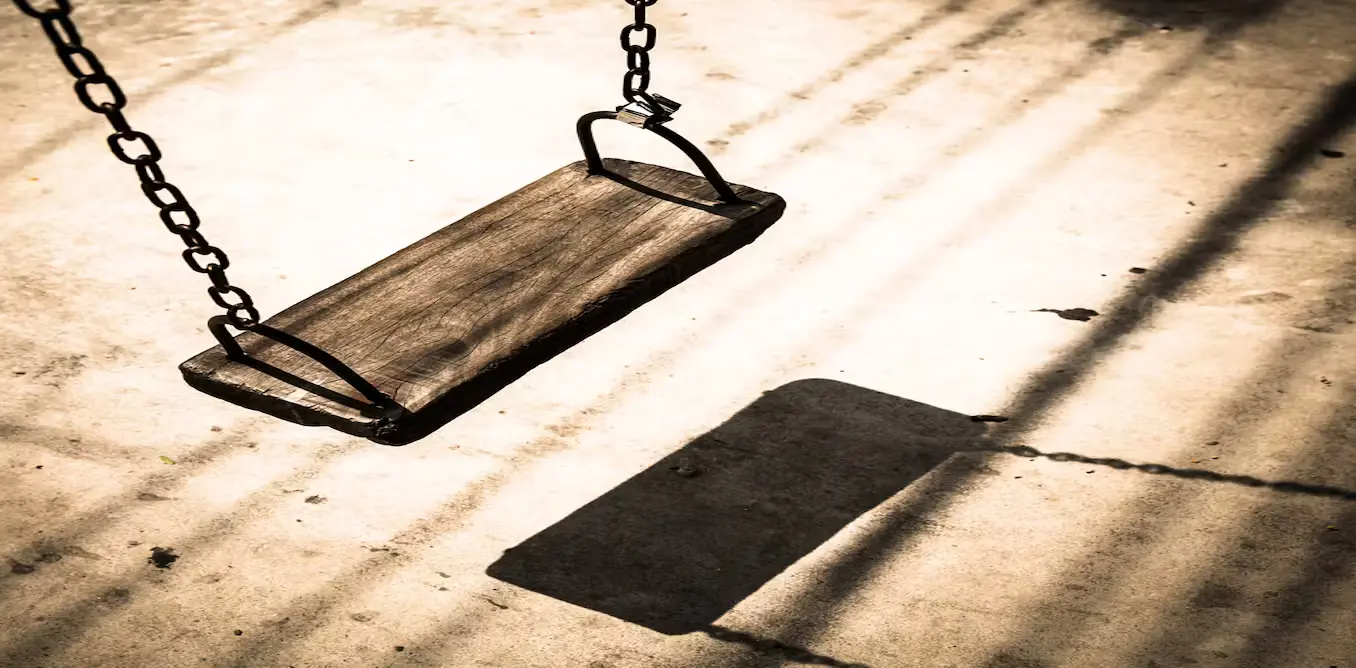In recent years, Ecuador has witnessed a troubling 640% surge in child and adolescent homicides from 2019 to 2023, reports UNICEF.
In 2023 alone, over 455 young lives were lost between January and September. This surge in violence reflects the broader issue of escalating crime in the nation.
Now, Ecuador ranks among Latin America’s most violent countries, with a homicide rate that might reach 40 per 100,000 people by the end of 2023.
The rise in youth murders links directly to the growing power of criminal gangs.
These groups are deeply involved in various illegal activities, including drug trafficking and extortion.
Gang wars over drug routes have significantly impacted society. They have made children and adolescents especially vulnerable to violence.
Most victims are between 15 and 19 years old. Since 2019, intentional homicides in this age group have increased by 500%.

The recruitment of minors by criminal gangs is a key factor in this rise. In the first half of 2023 alone, homicides in this demographic rose by almost 80% compared to 2022.
The problem is most severe in coastal provinces like Guayas, Los Ríos, and El Oro. These areas have recorded the highest numbers of such tragic incidents.
The situation has reached a point where it’s seen as a national security emergency. The government is urged to address this crisis urgently.
Their goal is to combat organized crime and drug trafficking, which are at the root of this violence.
Background
In 2023, Ecuador surpassed Venezuela as the Latin American country with the highest murder rate.
Renato Rivera, a crime observatory coordinator, reported this shift. In 2022, Ecuador’s murder rate reached 25.7 per 100,000 people.
This number was the nation’s highest on record. The increase focused mainly in Esmeraldas, Guayaquil, and Los Ríos.
By September, Ecuador’s rate had climbed to 42.8. In contrast, Venezuela’s rate was slightly lower at 40.8. Honduras followed with a rate of 35.1.

